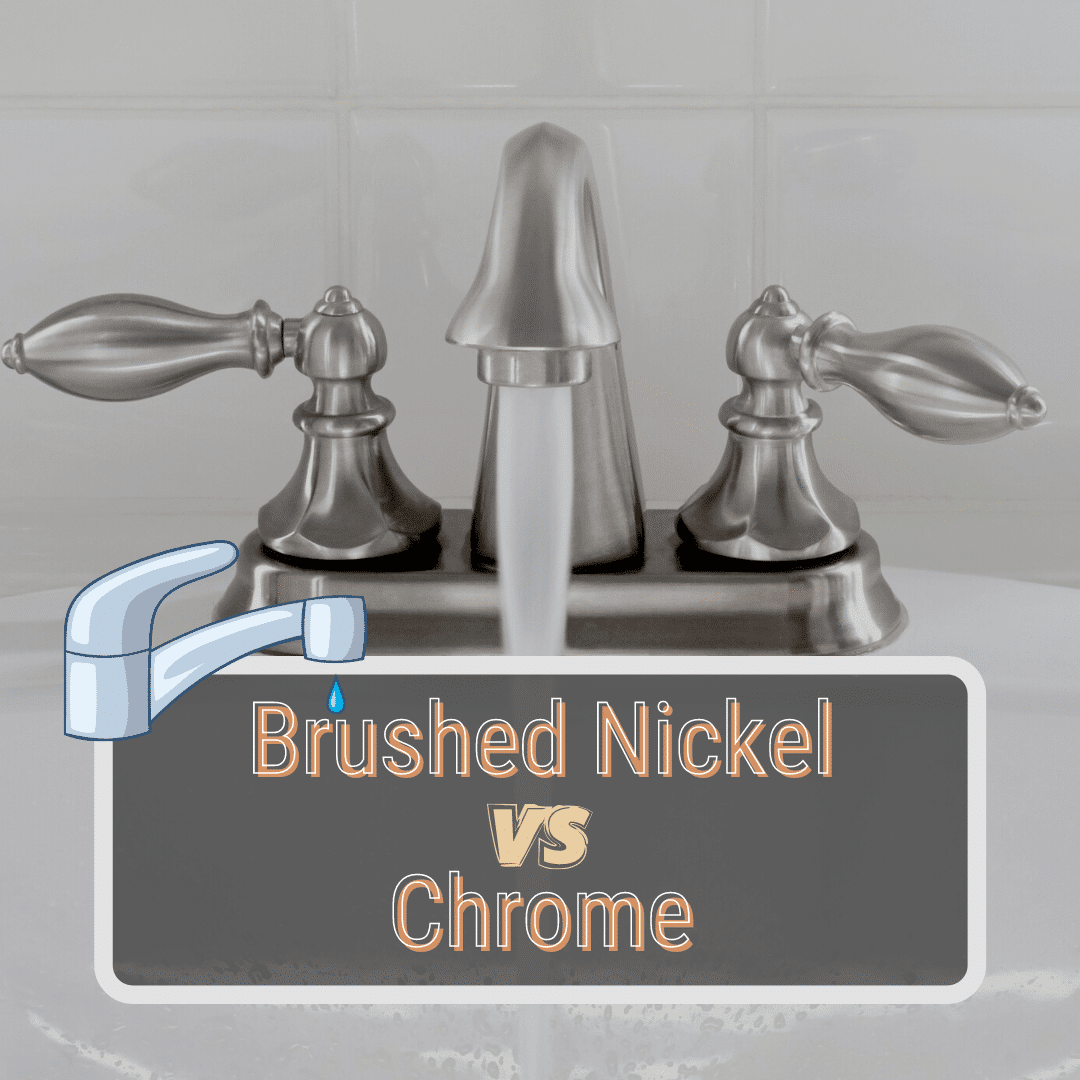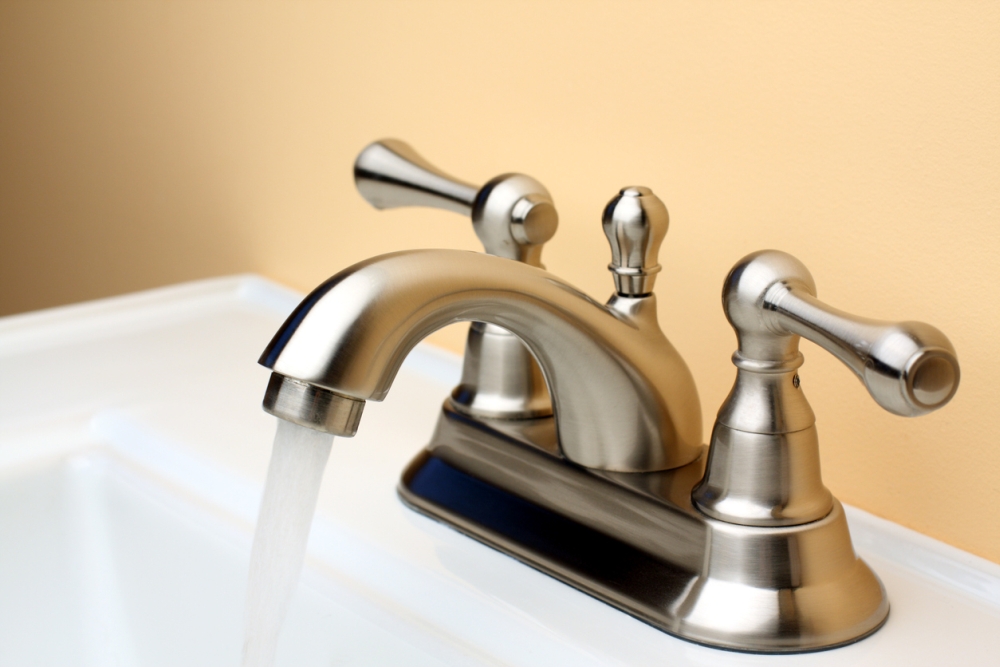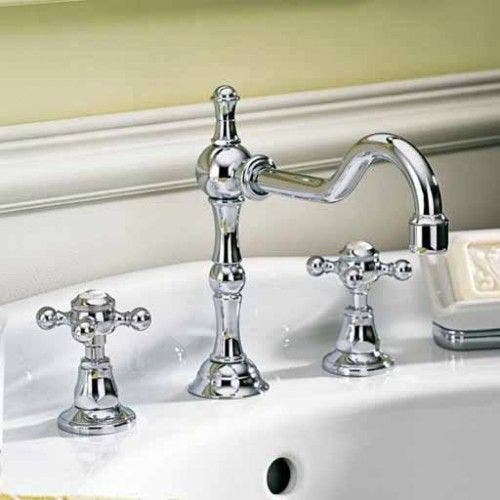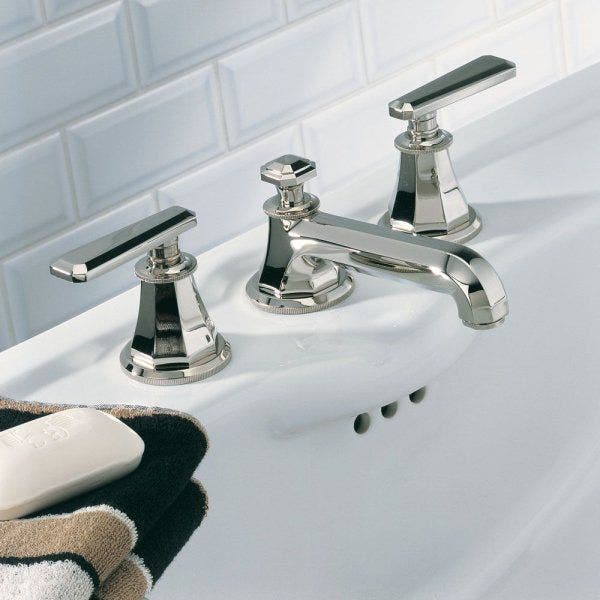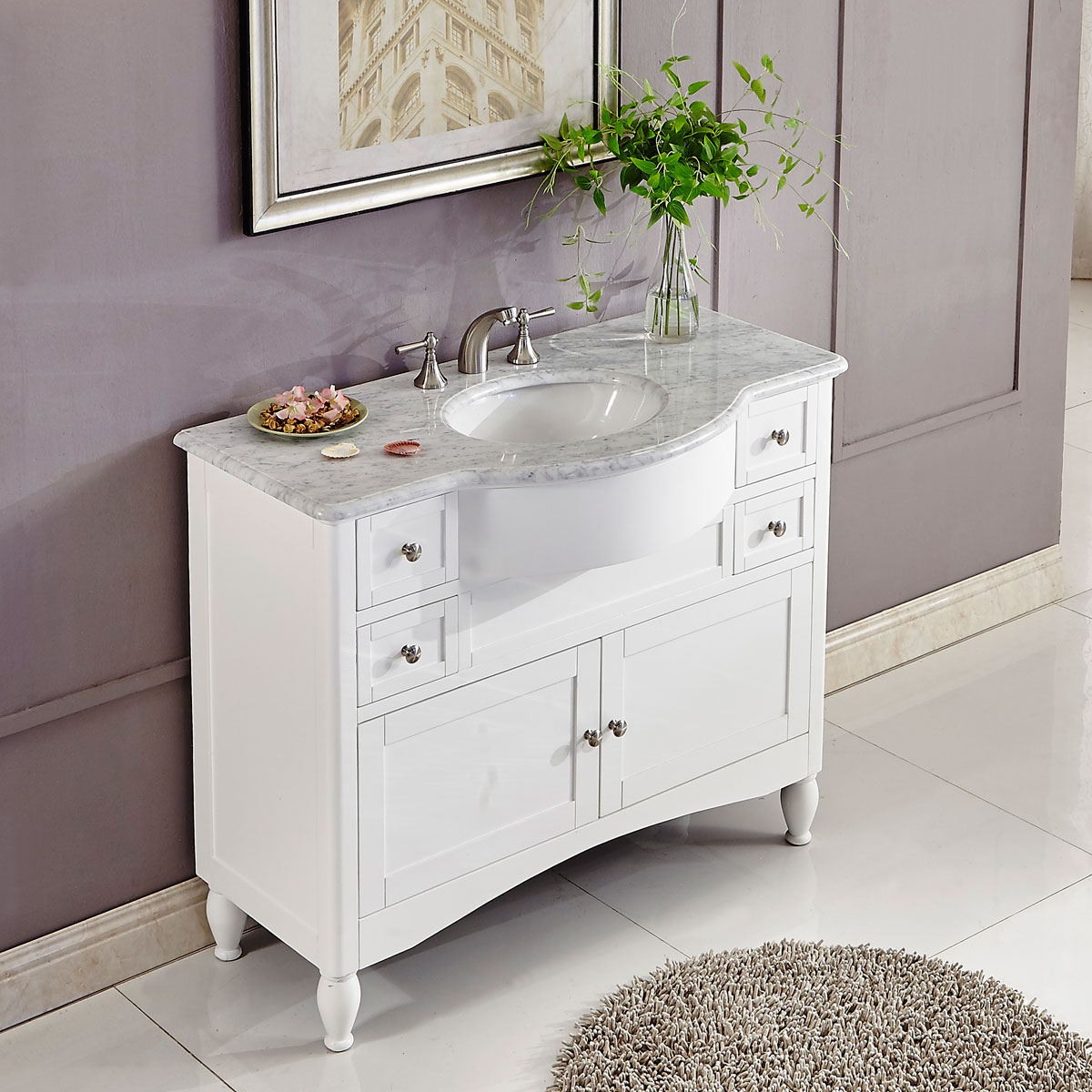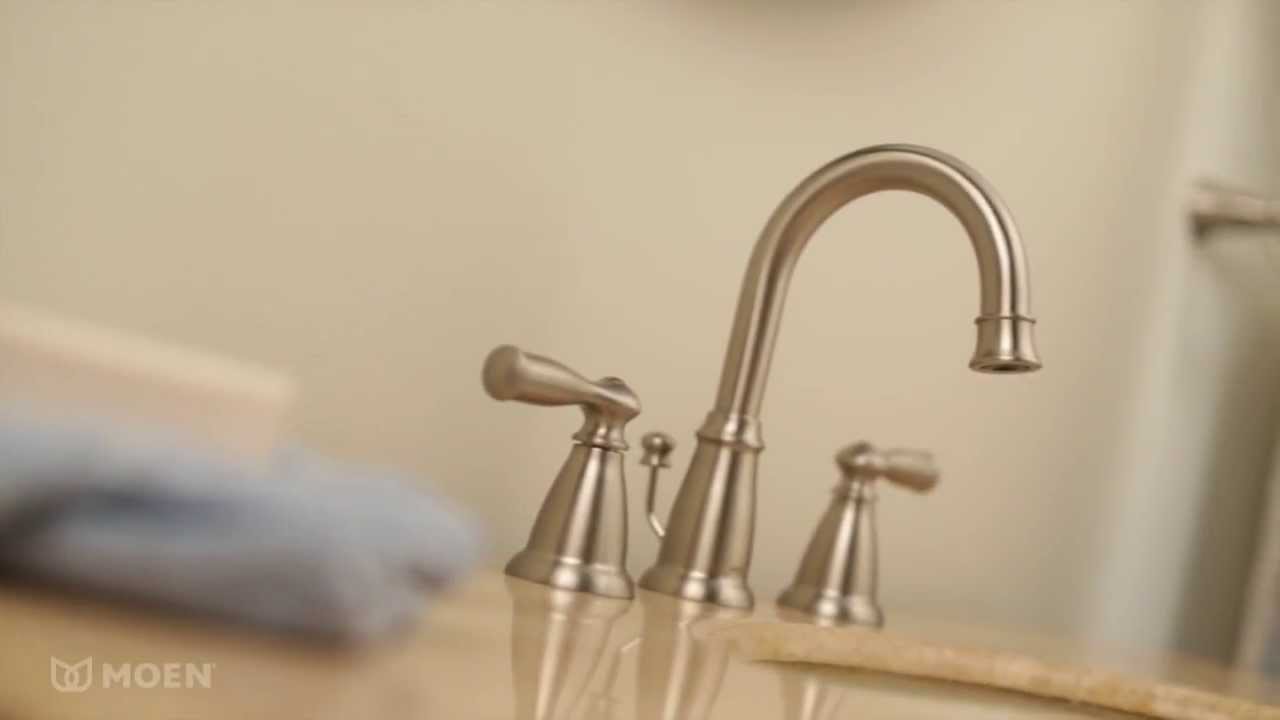Choosing Between Chrome and Brushed Nickel for Bathroom Faucets
When it comes to selecting fixtures for your bathroom, even the smallest details can make a significant impact on the overall aesthetic and functionality of the space. Two popular options for bathroom faucets are chrome and brushed nickel finishes, each offering its unique style and characteristics. Let’s explore the differences between chrome and brushed nickel bathroom faucets to help you make an informed decision for your bathroom remodel or renovation.
- Chrome Faucets: Chrome bathroom faucets are known for their shiny, reflective finish that adds a sleek and modern touch to any bathroom decor. The bright, mirror-like surface of chrome faucets can help create a sense of brightness and openness in the space, making them an excellent choice for small or dark bathrooms. Additionally, chrome is highly versatile and pairs well with a wide range of color schemes and design styles, from contemporary to traditional.
- Brushed Nickel Faucets: Brushed nickel bathroom faucets feature a matte, brushed finish that imparts a warm and inviting vibe to the space. The subtle texture of brushed nickel adds depth and dimension to the faucet, creating a sophisticated and timeless look that complements a variety of decor styles. Brushed nickel is particularly well-suited for bathrooms with neutral or earthy color palettes, as it adds a touch of warmth and richness to the overall aesthetic.
- Style Considerations: When choosing between chrome and brushed nickel faucets, consider the overall style and design aesthetic of your bathroom. If you prefer a clean, minimalist look with a modern edge, chrome faucets may be the ideal choice. On the other hand, if you’re aiming for a more classic or transitional style with a hint of warmth and texture, brushed nickel faucets may better suit your design preferences.
- Compatibility with Fixtures: Another factor to consider is how the faucet finish will complement other fixtures and hardware in the bathroom, such as towel bars, shower heads, and cabinet pulls. Chrome fixtures tend to have a more uniform appearance and can seamlessly coordinate with other chrome accents in the space. Brushed nickel, on the other hand, adds visual interest and contrast when paired with other finishes such as brass or oil-rubbed bronze.
- Maintenance: While both chrome and brushed nickel finishes are relatively easy to clean and maintain, they may require different cleaning techniques to preserve their appearance over time. Chrome faucets can be wiped down with a soft cloth and mild soap to remove dirt and water spots, while brushed nickel faucets may benefit from occasional polishing with a non-abrasive cleaner to restore their matte finish and remove fingerprints.

Examining the Longevity of Chrome and Brushed Nickel Bathroom Faucets
When investing in bathroom fixtures, durability is a crucial consideration to ensure that your investment stands the test of time and continues to perform reliably for years to come. Both chrome and brushed nickel finishes are known for their durability and resistance to corrosion and tarnishing, but how do they compare in terms of longevity? Let’s examine the durability of chrome and brushed nickel bathroom faucets to help you make an informed decision for your bathroom remodel or renovation.
Chrome Faucets: Chrome is renowned for its durability and ability to withstand the rigors of daily use in the bathroom. The electroplating process used to apply chrome to faucet surfaces creates a hard, protective layer that is resistant to scratches, tarnishing, and corrosion. This makes chrome faucets an excellent choice for high-traffic bathrooms or households with children and pets, as they can withstand frequent cleaning and maintain their appearance over time.
Brushed Nickel Faucets: Brushed nickel finishes are also highly durable and resistant to corrosion, making them a popular choice for bathroom faucets. The brushed texture of nickel helps to conceal minor scratches and blemishes, maintaining the appearance of the faucet over time. While brushed nickel faucets may show water spots and fingerprints more readily than chrome, they are easy to clean and can be restored to their original luster with regular maintenance.
Water Resistance: In addition to durability, it’s essential to consider the water resistance of chrome and brushed nickel finishes, particularly in bathrooms where faucets are exposed to moisture daily. Both chrome and brushed nickel finishes are highly resistant to water damage and can withstand prolonged exposure to moisture without deteriorating or discoloring. This makes them suitable for use in bathrooms, kitchens, and other high-moisture environments.
Finish Protection: To ensure the longevity of your chrome or brushed nickel faucet, it’s essential to take proper care of the finish and avoid abrasive cleaners or harsh chemicals that can damage the surface. Regular cleaning with a soft cloth and mild soap is usually sufficient to remove dirt and grime from the faucet without causing damage. Additionally, consider installing a water softener if you live in an area with hard water, as mineral deposits can build up on faucet surfaces over time and affect their appearance and performance.
Manufacturer Warranty: When purchasing a chrome or brushed nickel faucet, be sure to check the manufacturer’s warranty for coverage against defects in materials and workmanship. Many reputable faucet manufacturers offer warranties ranging from several years to a lifetime, providing peace of mind and assurance that your investment is protected in the event of any issues or malfunctions.
Comparing the Care Requirements of Chrome and Brushed Nickel Faucets
Keeping your bathroom fixtures clean and well-maintained is essential to preserve their appearance and functionality over time. Both chrome and brushed nickel finishes are relatively easy to care for and require minimal maintenance to keep them looking their best. However, there are some differences in the care requirements between chrome and brushed nickel faucets that are worth considering. Let’s compare the maintenance needs of chrome and brushed nickel faucets to help you choose the right option for your bathroom.
Chrome Faucets: Chrome finishes are known for their shiny, reflective surface that adds a sleek and modern touch to any bathroom. One of the main advantages of chrome faucets is their ease of maintenance. To clean a chrome faucet, simply wipe it down with a soft cloth or sponge and mild soap to remove dirt, grime, and water spots. Avoid using abrasive cleaners or scrubbing pads, as these can scratch or dull the surface of the chrome.
Brushed Nickel Faucets: Brushed nickel finishes feature a matte, brushed texture that adds warmth and depth to the faucet’s appearance. While brushed nickel faucets are also relatively easy to clean, they may require occasional polishing to maintain their matte finish and remove fingerprints. To clean a brushed nickel faucet, use a soft cloth or sponge and a non-abrasive cleaner specifically formulated for metal surfaces. Avoid using harsh chemicals or abrasive cleaners, as these can damage the finish and affect the faucet’s appearance.
Water Spot Resistance: One consideration when choosing between chrome and brushed nickel faucets is their resistance to water spots and fingerprints. Chrome finishes tend to be more resistant to water spots and fingerprints due to their smooth, non-porous surface. Brushed nickel finishes, on the other hand, may show water spots and fingerprints more readily due to their textured surface. However, regular cleaning and maintenance can help minimize the appearance of water spots and keep the faucet looking its best.
Preventing Tarnishing: To prevent tarnishing and corrosion of chrome or brushed nickel faucets, it’s essential to avoid prolonged exposure to harsh chemicals, abrasive cleaners, or acidic substances such as vinegar or lemon juice. Additionally, wipe down the faucet after each use to remove any moisture or soap residue that can cause water spots or tarnish over time. Consider installing a water softener if you live in an area with hard water, as mineral deposits can build up on faucet surfaces and affect their appearance and performance.
Sealing and Protecting: Some manufacturers offer sealants or protective coatings that can be applied to chrome or brushed nickel faucets to help seal the surface and protect against water spots, fingerprints, and tarnishing. These sealants create a barrier that repels water and prevents moisture from penetrating the faucet surface, keeping it looking clean and shiny for longer periods between cleanings.
Budget Considerations
When planning a bathroom remodel or renovation, budget considerations are often a significant factor in determining which fixtures and finishes to choose. Chrome and brushed nickel are two popular options for bathroom faucets, each offering its unique style and characteristics at different price points. Let’s discuss the cost differences between chrome and brushed nickel faucets to help you stay within budget without compromising on quality or style.
Chrome Faucets: Chrome bathroom faucets are generally more affordable than brushed nickel faucets, making them an attractive option for budget-conscious homeowners. The electroplating process used to apply chrome to faucet surfaces is relatively inexpensive, resulting in lower production costs and retail prices for chrome faucets. This makes chrome faucets an excellent choice for large-scale bathroom projects or homeowners looking to save money without sacrificing style or quality.
Brushed Nickel Faucets: Brushed nickel finishes tend to be slightly more expensive than chrome finishes due to the additional manufacturing processes involved in creating the brushed texture and matte appearance. The brushed nickel plating process may also require more time and labor than chrome plating, resulting in higher production costs and retail prices for brushed nickel faucets. While brushed nickel faucets may be pricier upfront, many homeowners are willing to invest in the timeless elegance and durability of brushed nickel for their bathroom fixtures.
Quality and Durability: When comparing the cost of chrome and brushed nickel faucets, it’s essential to consider the overall quality and durability of the fixtures. While chrome faucets may be more affordable upfront, they are also highly durable and resistant to corrosion, tarnishing, and scratches. Brushed nickel faucets, while slightly more expensive, offer similar durability and longevity, making them a worthwhile investment for homeowners looking for a long-term solution for their bathroom fixtures.
Lifetime Costs: While chrome faucets may be cheaper upfront, it’s essential to consider the lifetime costs of maintenance and replacement when evaluating the overall value of the fixtures. Brushed nickel faucets, while pricier initially, may require less maintenance and upkeep over time, saving homeowners money in the long run. Additionally, the timeless elegance and durability of brushed nickel can enhance the overall value and appeal of your bathroom, making it a worthwhile investment for homeowners looking to increase the resale value of their property.
Budget-Friendly Alternatives: If you’re on a tight budget but still want the look of brushed nickel, consider budget-friendly alternatives such as brushed nickel-look or brushed nickel-finish faucets. These faucets feature a chrome base with a brushed nickel coating or finish, providing the appearance of brushed nickel at a fraction of the cost. While these budget-friendly alternatives may not offer the same durability or longevity as genuine brushed nickel faucets, they can be a cost-effective option for homeowners looking to achieve a specific aesthetic on a budget.
Environmental Impact
In today’s environmentally conscious world, many homeowners are looking for ways to reduce their carbon footprint and minimize their impact on the planet through sustainable home improvement choices. When it comes to bathroom fixtures such as faucets, considering the environmental impact of different finish options is essential. Let’s discuss the sustainability of chrome and brushed nickel finishes for bathroom faucets to help you make an eco-friendly choice for your home.
Chrome Faucets: Chrome plating involves electroplating a thin layer of chromium onto a metal surface, typically brass or stainless steel, to create a shiny, reflective finish. While chrome is highly durable and resistant to corrosion, the electroplating process can be resource-intensive and may involve the use of toxic chemicals such as chromium trioxide. Additionally, the mining and processing of chromium ore can have negative environmental impacts, including habitat destruction and water pollution.
Brushed Nickel Faucets: Brushed nickel finishes are achieved by mechanically brushing or sanding the surface of the metal to create a matte texture and appearance. Unlike chrome plating, brushed nickel finishes do not involve the use of toxic chemicals or electroplating processes, making them a more environmentally friendly option. Additionally, brushed nickel faucets are highly durable and resistant to corrosion, reducing the need for frequent replacements and further minimizing their environmental impact.
Recycling and Repurposing: Both chrome and brushed nickel faucets can be recycled at the end of their lifespan, diverting them from landfills and conserving valuable resources. Metal recycling facilities can process chrome-plated and brushed nickel-plated fixtures to recover the metal for reuse in new products, reducing the demand for virgin materials and lowering energy consumption and greenhouse gas emissions associated with metal production.
Water Efficiency: In addition to considering the environmental impact of faucet finishes, it’s essential to choose water-efficient fixtures that help conserve water and reduce water waste. Look for faucets with the WaterSense label, which indicates that they meet strict water efficiency and performance criteria set by the Environmental Protection Agency (EPA). WaterSense-certified faucets use at least 20% less water than standard models without sacrificing performance, helping homeowners save money on water bills and reduce their environmental footprint.
Energy Consumption: While the production and disposal of chrome and brushed nickel faucets have environmental implications, it’s essential to consider the broader context of energy consumption and resource use throughout the faucet’s lifecycle. Factors such as manufacturing processes, transportation, and packaging can all contribute to the overall environmental impact of bathroom fixtures. Choosing faucets from manufacturers that prioritize sustainable practices, such as using renewable energy sources, reducing waste, and minimizing carbon emissions, can help minimize the environmental footprint of your bathroom remodel or renovation.
Is Brushed Nickel Going Out of Style? ⋆ Love Our Real Life
Brushed Nickel vs Chrome – Learn the Difference u0026 Choose the Right
Brushed Nickel versus Chrome finish: Which to choose for your Faucet?
Brushed Nickel vs Chrome Comparison Guide to Learn the Difference
Brushed Nickel Vs Chrome: Which Is The Better Faucet?
Brushed Nickel vs Chrome – Learn the Difference u0026 Choose the Right
Polished Chrome Versus Polished Nickel San Marino, CA Patch
Polished Chrome Versus Polished Nickel San Marino, CA Patch
Kingston Brass Kb96 Magellan 1.2 GPM Widespread Bathroom Faucet – Chrome
Related Posts:
- Bathroom Faucets Edmonton
- Kraus Bathroom Faucet Reviews
- Price Pfister Hanover Bathroom Faucet
- How To Replace A Moen Bathroom Faucet
- Delta Bathroom Faucet Cassidy
- Install Moen Bathroom Faucet Drain
- Delta Motion Sensor Bathroom Faucets
- Hansgrohe Solaris Widespread Bathroom Faucet
- Moen Chateau Single Handle Bathroom Faucet
- Grohe Kensington Bathroom Faucet







